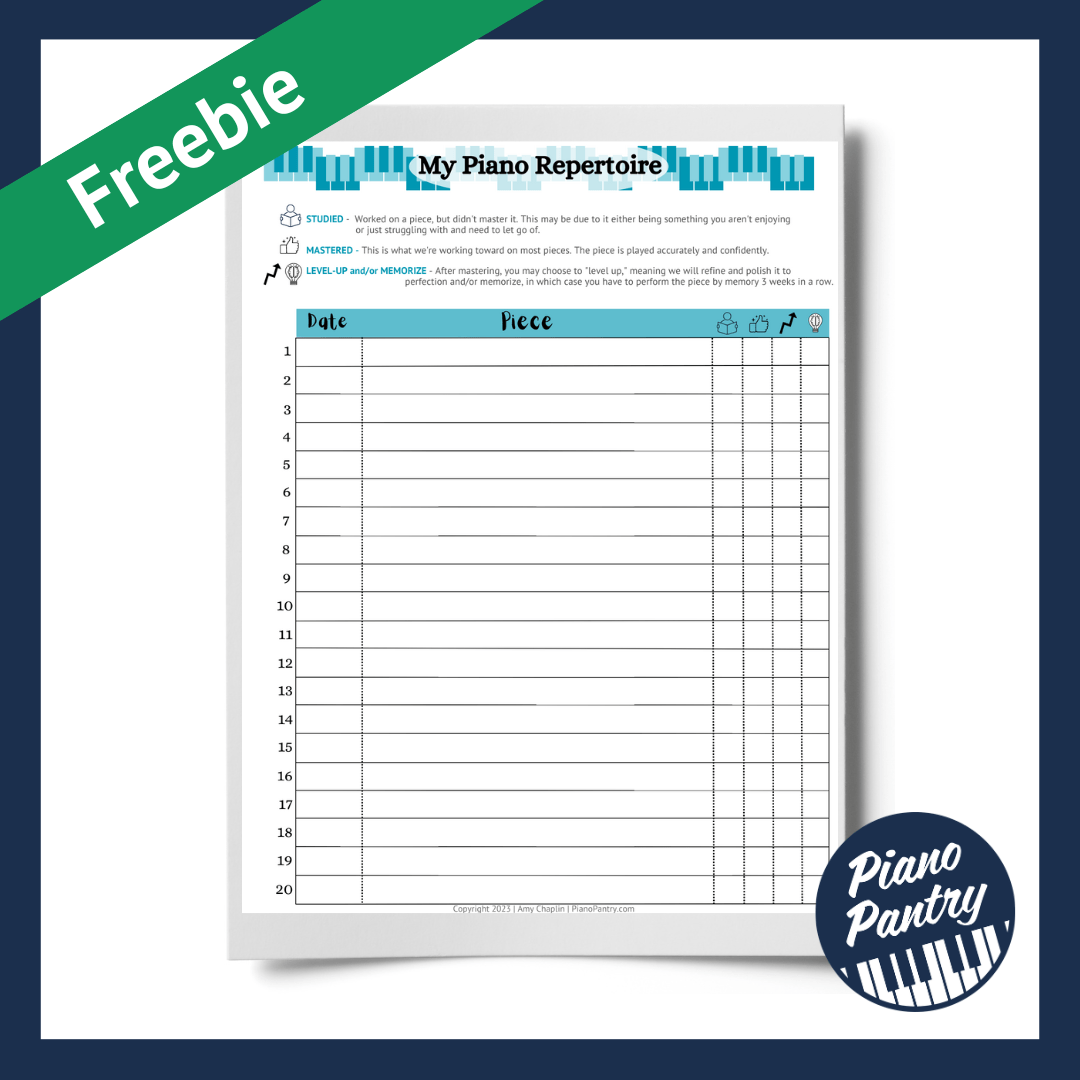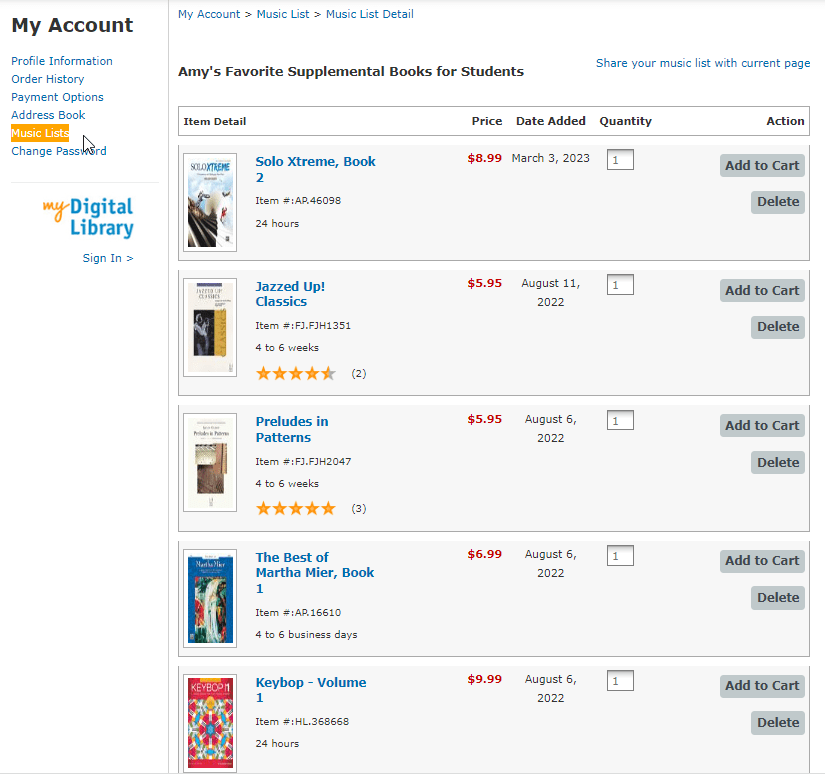
This post is part of a series called Your Questions Answered that highlights questions from readers just like you. If you have a question you would like to submit, you can do so here.
Hi Amy,
I’m really enjoying your posts, especially Friday Finds!
Regarding method books, my question is: what do you use after Piano Safari, level 3? Or do you design your own curriculum?
Many thanks, as always for your help.
Warmly,
-MJP
Hi, MJP!
As far as method books go, I am definitely a zigzagger. Rarely do I put a student in one method book series covering books 1-2-3 back-to-back.
Sometimes that works just fine and can certainly give the student a feeling of progress by “moving to the next level.”
I find many students, however, transition better through levels if I either supplement between each one for a few weeks (or months) or even cover the same “level” in two different book series. For example, I might have a student finish Piano Safari Level 1 and then do Piano Adventures Level 1 before moving into Piano Safari Level 2.
One thing to keep in mind is that (with the Piano Adventures series in particular), I’m not one to give students both the Lesson and Performance books. I usually just do one or the other, especially if I’m weaving it between levels of another series.
In answering your more specific question on what I would do after Piano Safari 3, I often go to Piano Adventures 3B or into a repertoire series such as Celebration Series Repertoire Level 2.
(The authors of Piano Safari say that book 3 transitions nicely into Celebration Series Repertoire Level 3 but I always find doing a little in C.S. book 2 first a nice transition.)
Piano Safari 3 covers Major and Minor keys and technical skills in the keys of C/Am, G/Em, and F/Dm. Piano Adventures 3B focus on the minor keys only.
Here’s an example scenario.
- Piano Safari 2 (5-finger patterns)
- Piano Adventures 2B (Chords)
- Piano Adventures 3A (One-Octave major scales/keys of C, G, F)
- Piano Safari 3 (Two-Octave scales/keys of C/Am, G/Em, F/Dm)
- Piano Adventures 3B (Two-Octave scales/keys of Am, Em, Dm)
This may be a little excessive example overlapping however, something like this might work for a student who is professing a little slower. Also, as I said previously, keep in mind this would just include one book in the P.A. series (such as a lesson or performance)
I hope this gives you some ideas. Good luck!
~Amy
Reader friends, do you have any suggestions?
MJP and I would love to hear where you take your students when they finish Piano Safari Level 3. Please share in the comments!







